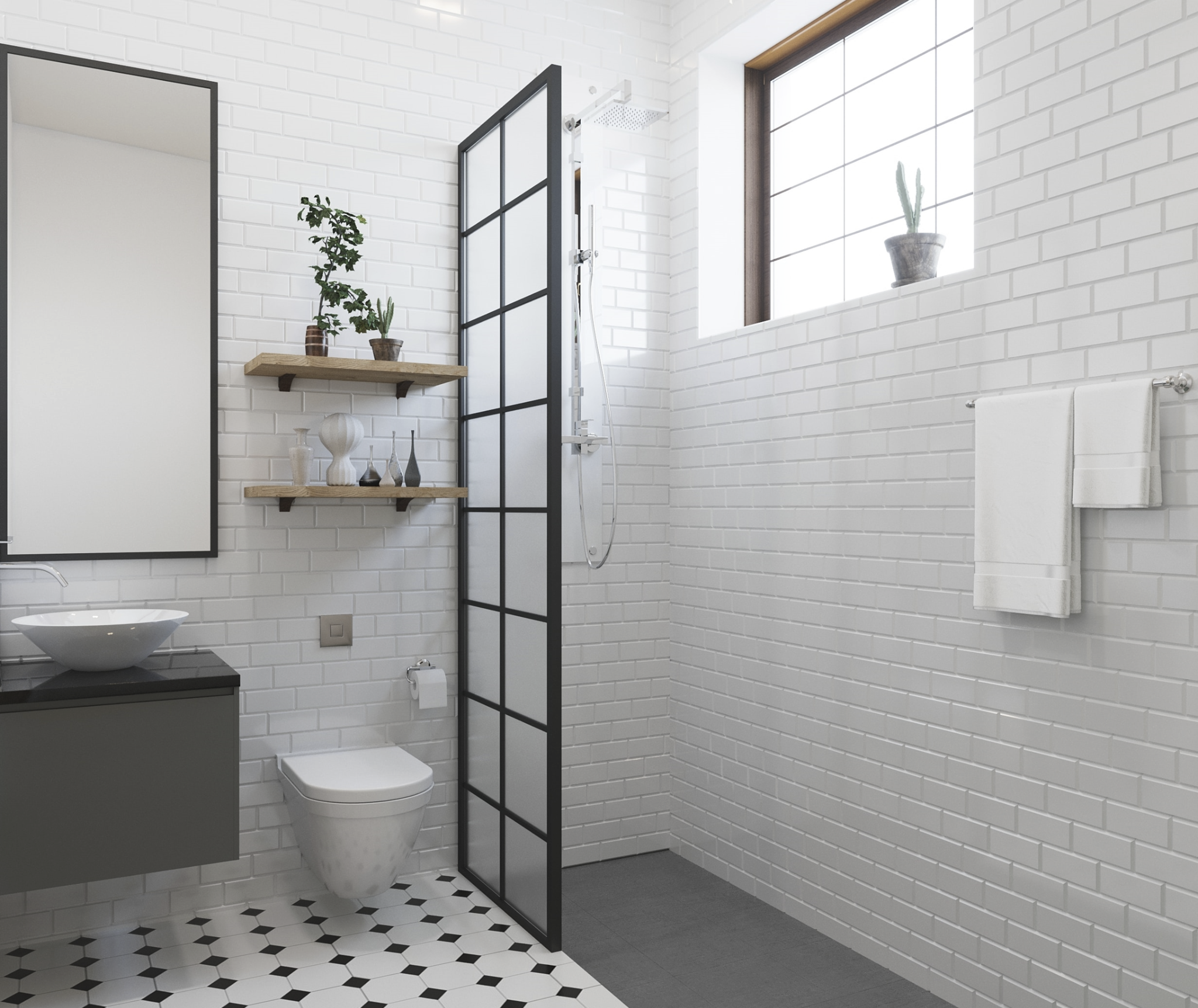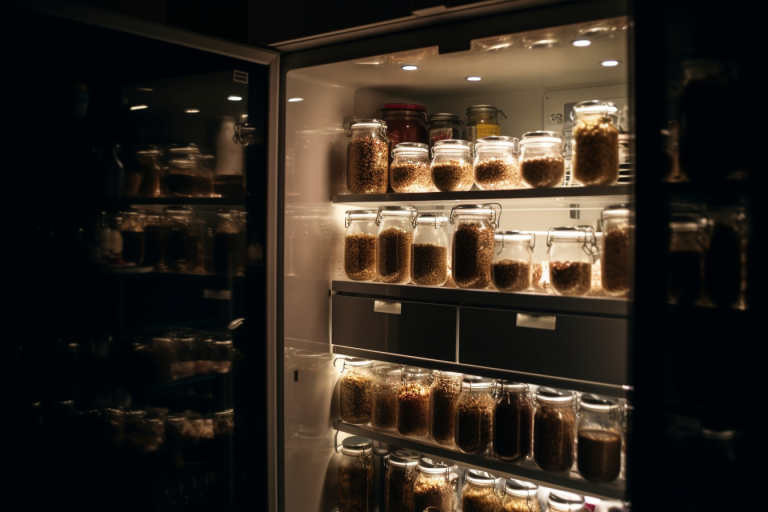Green Home Builds: Eco-friendly Mattress Disposal

Table of Contents
Sleep surfaces impact far more than just your body. The mattresses people bring into their bedrooms cast ripples across the wider world through material extraction, manufacturing, transportation, and eventual disposal. Yet conscious consumers can minimize mattresses’ environmental footprints through strategic purchasing and innovative reuse.
The info below outlines practical steps for selecting sustainable mattresses, properly caring for them, and determining eco-friendly next steps when replacement calls. Because thoughtful mattress lifecycle management benefits landfill volume, pollution, and resource conservation globally.
Rethinking Mattress Waste
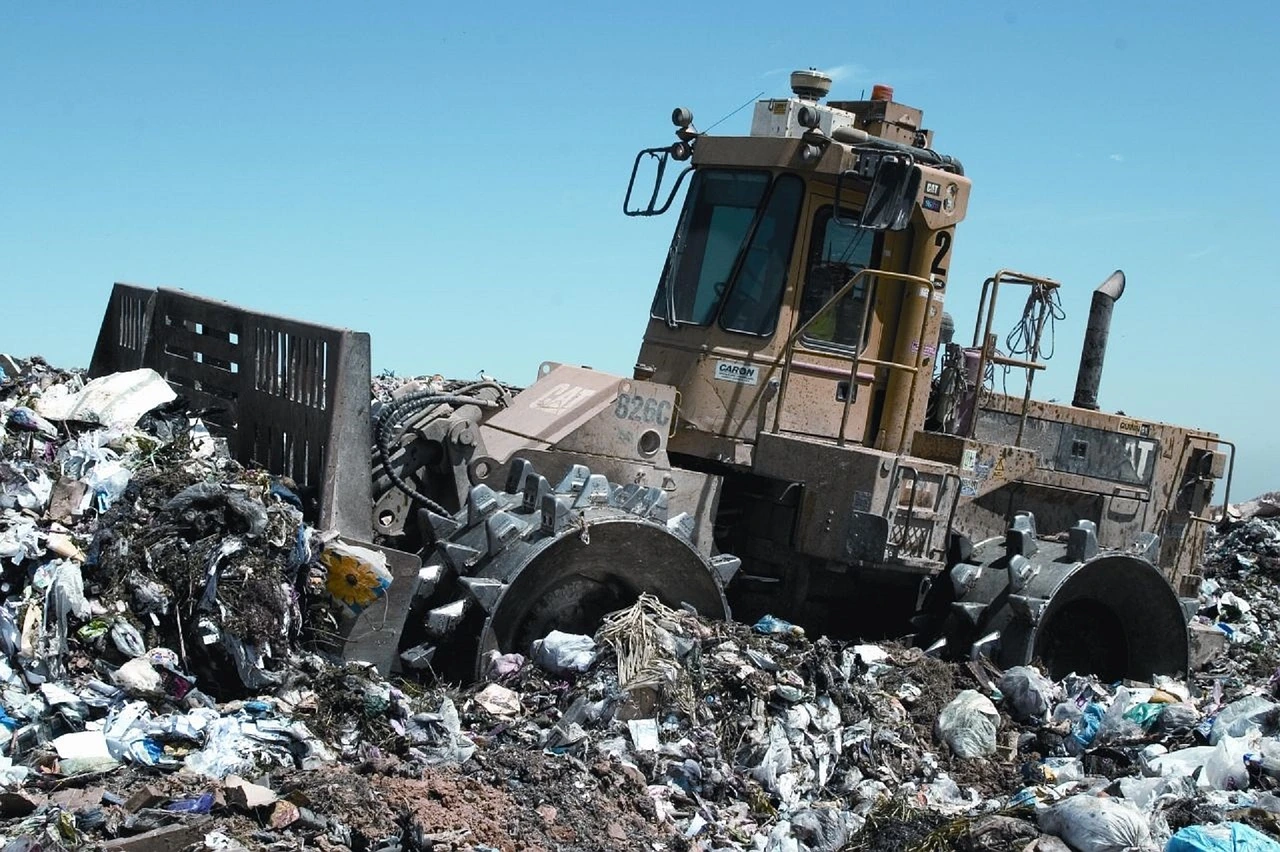
Mattresses fade from view when assessing household waste. Yet with millions discarded in landfills yearly and consumers averaging 5+ mattresses a lifetime, this issue demands attention as consumption swells.
Mattresses’ complex manufacturing means decades-long decomposition when landfilled. Meanwhile, chemical flame retardants and adhesives leach, accumulating to clog usable landfill space and contaminate surrounding soil and water over time.
As society addresses environmental damage, transforming mattress disposal norms presents an overlooked yet vital starting point. Diverting usable mattresses into donation and repair channels maximizes sustainability. Innovating recycling infrastructure to safely process hazardous mattress materials is also key.
Mattress Disposal Impact
Over 20 million mattresses enter US landfills yearly, occupying substantial space due to their bulky design. Worse, their complex manufacturing means decades-long decomposition timelines once discarded, allowing chemicals to leach over time.
A recent California study showed the significant public costs of reckless mattress dumping too. Simply remediating a single illicitly discarded mattress spanned transportation, storage and landfill charges. Scaled up, such behaviors drain taxpayer dollars and harm ecosystems through contamination. Proper mattress disposal methods practiced at https://www.samedayrubbishremovalmelbourne.com.au/bed-mattress-removal/ are needed to reduce the impact of illegal dumping.
Progress on this issue depends on consumers and corporations embracing mattress lifecycle accountability – from manufacture to disposal.
Traditional Mattress Recycling
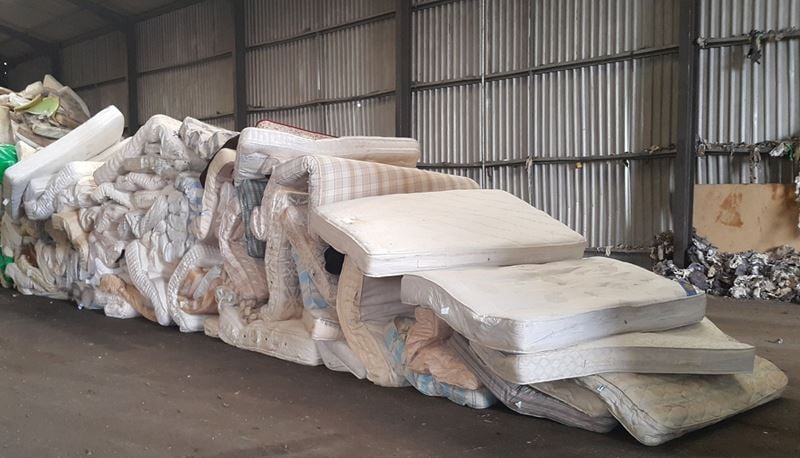
A typical mattress contains metal springs, wood, foam, fabrics and more – materials posing various recycling challenges. While wood and metal reprocess readily, foam and fabrics often harbor manufacturing chemicals like flame-retardants that add contamination risks. This combination has resulted in only small percentages of mattresses being traditionally recycled, with most discarded into landfills.
However promising innovations aim to increase mattress recycling rates through novel techniques separating usable foam and fiber pieces without toxin exposure. These materials then transform into pet bedfill, automotive insulation or construction components in recycled form.
Though obstacles remain, such advancements exemplify the solutions within reach if consumers demand and corporations adopt lifecycle accountability from mattress design to disposal. Progress depends on reimagining business as usual.
Eco-Friendly Disposal Strategies

Landfilling mattresses by default overlooks better alternatives that extract more value from their embedded resources. Lengthening usable mattress lifespans through resale, donations or repairs leads in sustainability.
Seeking local mattress recycling and responsible scrap resellers represents the next best option when beds become unsalvageable. Specialized services even dismantle mattresses to separately process metals, foam, fabrics for recycling where viable.
Consumers can implement options ranging from mattress reuse to specialized recycling that keep them from landfills prematurely. Rethinking disposal starts by looking beyond the dump.
Landfill Issues and Reduction
Landfills contribute significantly to environmental harm. They take up large surface areas, leach pollutants into groundwater, and produce greenhouse gasses like methane. Additionally, most urban areas already face shortages in landfill space. The pace at which waste is disposed does not align with capacities for processing.
When mattresses are recycled or reused instead of landfilled, it directly decreases landfill dependency and waste contributions. In other words, recycling helps divert bulky mattress waste and repurpose it for other uses.
Landfills also create ideal conditions for accidental fires with limited oxygen circulation combined with heat produced by decomposing trash. In landfill contexts, mattresses and their internal materials can fuel flames and generate toxic smoke due to chemical treatments. Recycling mattresses instead of landfilling helps reduce such landfill fire risks.
Furniture Donation
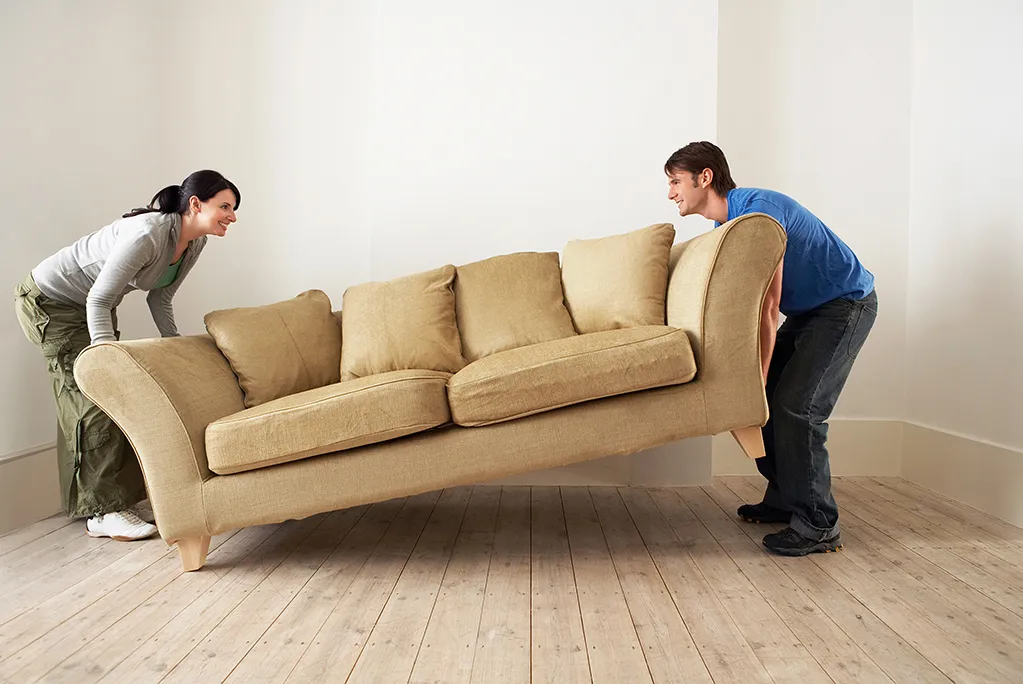
If a mattress no longer fits your needs but remains usable overall, donation is an excellent alternative to trashing it. Numerous charities accept used mattress donations. The donated beds can serve community members in need rather than sit decaying in a landfill. Checking for donation options reflects environmental awareness and care.
Many donation centers and charities often struggle with excess mattress donations however. Hence, phoning local organizations about current item needs and policies helps maximize impact. Some may even offer free pickups given volunteer availability.
Sustainable Bedding Choices
Achieving sustainable homes encompasses more than building materials alone. The bedding materials sleeping families bring into their bedrooms matter too. Pairing mattresses with sustainable bedding like organic cotton sheets and pillows enhances the eco-friendly setup further.
Natural bedding options like cotton and bamboo generally demand fewer pesticides to grow and less processing than conventional textiles. And they remain biodegradable and recyclable after use unlike polyester and nylon fabrics. Using organic materials in bedding choices helps shrink households’ environmental footprints inside out.
Seeking out bedding manufacturers utilizing water and energy-efficient production methods also bolsters sustainability. Since textile processing proves heavily resource-intensive, supporting upgrades to cleaner technology makes a meaningful difference.
Eco-Minded Shopping Habits
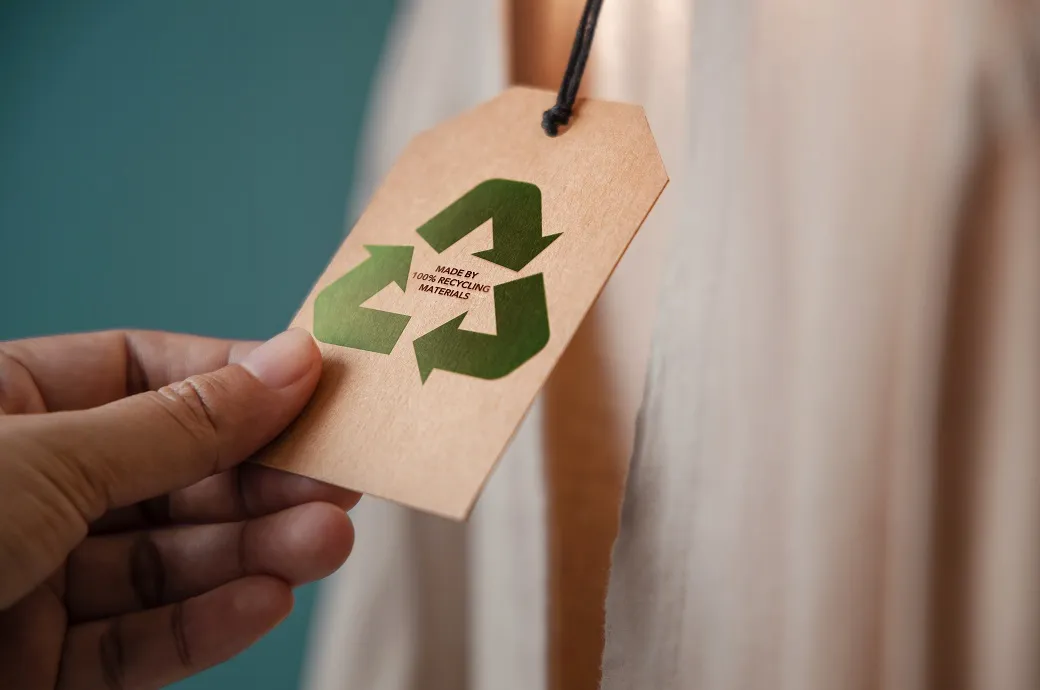
Conditioning buying habits and consumer behavior proves vital for driving environmental progress. By evaluating factors like product life cycles, sustainability, and end-of-life impact during purchases, individuals can greatly influence corporate responsibility and global outcomes over time.
Letting such eco-friendly considerations guide shopping choices when selecting mattresses and other bedroom furnishings promotes positive change. Seeking out purposefully crafted eco-friendly bedroom furniture and quality mattresses made to last reflects environmental values in action.
Before any new mattress purchase for example, setting a budget first helps narrow sustainable options realistically. Comparing brands on certifications, materials used, and warranties also aids mindful decision-making. Investing in durable eco-friendly bedroom furniture saves money long-term when replacement cycles get delayed.
Mattress Repurposing Ideas
There are some innovative ways you could repurpose your old mattress if it’s not a viable donation or recycling candidate. You might transform it into a pet bed or cut the foam core out to be used as garden kneelers, automotive repair cushions, or kids’ playmats.
The bed springs can be made into a trellis for your plants or redesign it into an aesthetic wall art piece. Letting your creative juices flow not only allows you to get more value from your old mattress but also ensures it doesn’t contribute to landfill waste.
Legislation on Waste Management
Government authorities worldwide are increasingly noting mattress disposal as a policy challenge needing attention. Many countries now institute regulations around responsible waste management, sometimes even incentivizing recycling efforts. For example, businesses like Same Day Rubbish Removal Melbourne assist households and hotels properly recycle mattresses rather than illegally dump them.
Being aware of local legal parameters surrounding waste can help individuals and companies make environmentally-conscious mattress disposal decisions. In many places, illegal dumping also comes with hefty fines. Ensuring compliant mattress recycling not only conserves local ecosystems but also saves parties from unnecessary financial penalties.
To Close
Progress towards environmental sustainability requires commitment to small daily actions that collectively make a difference. Rethinking something as omnipresent yet overlooked as mattress disposal significantly impacts this vision.
Implementing conscientious purchasing, responsible usage and eco-disposal of mattresses allows individuals to shrink their environmental footprint. Over time, such collective contributions pave the way towards a healthier, more sustainable world.


